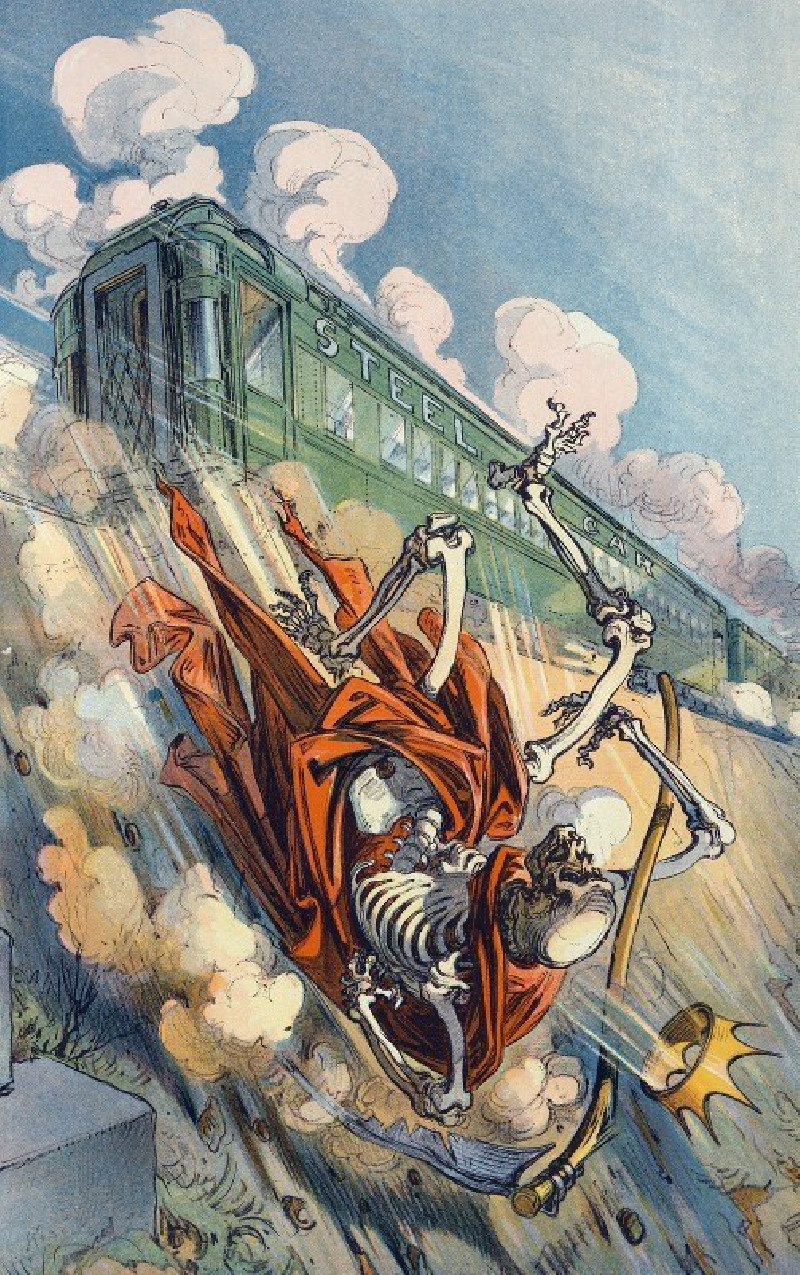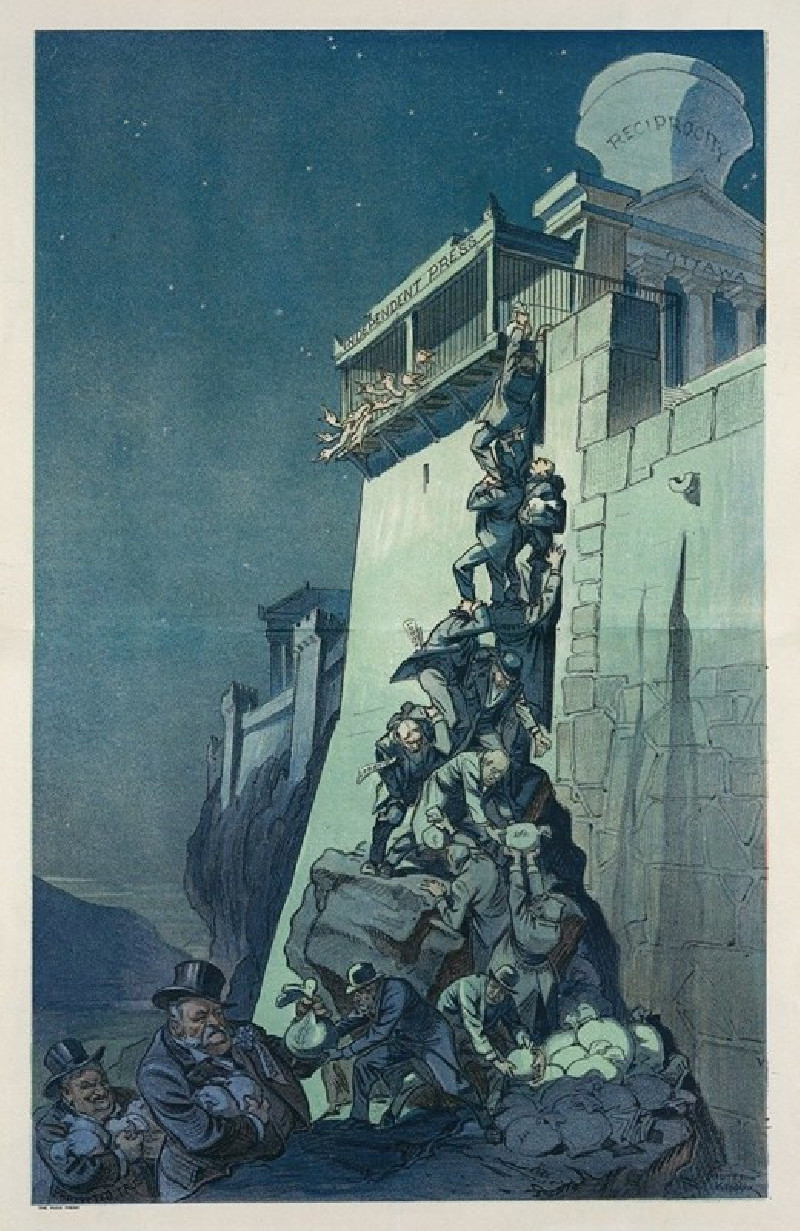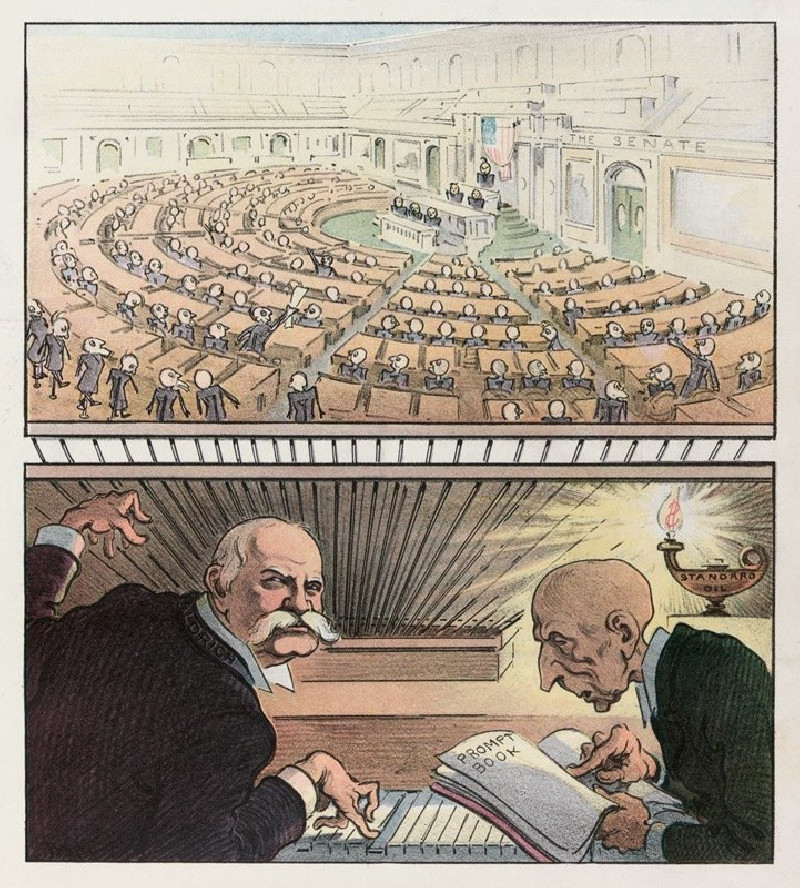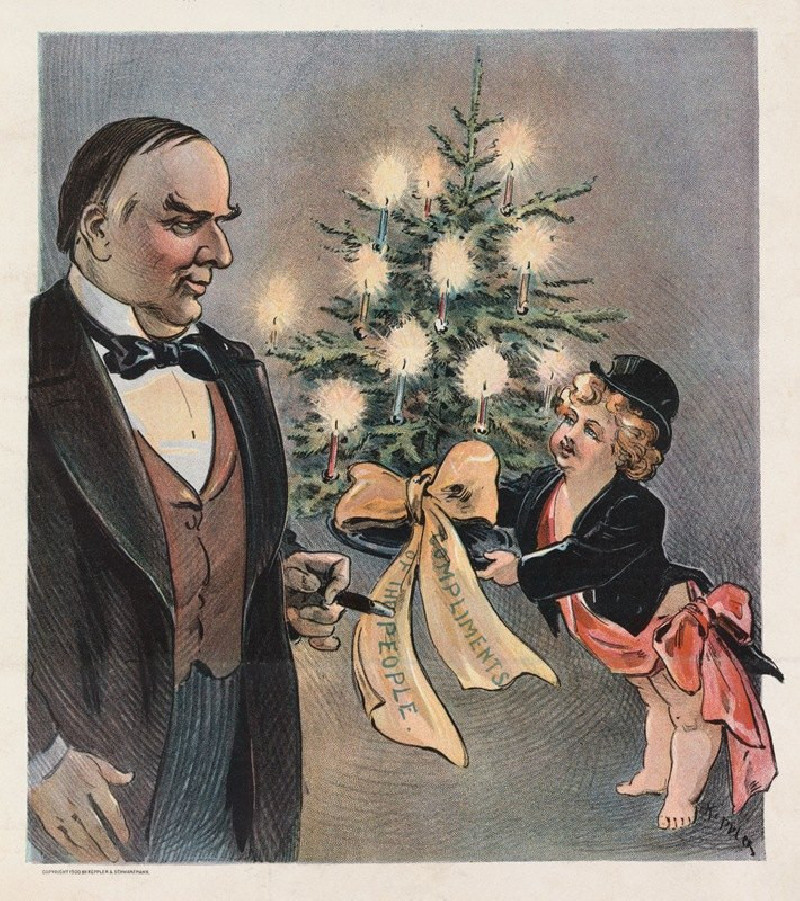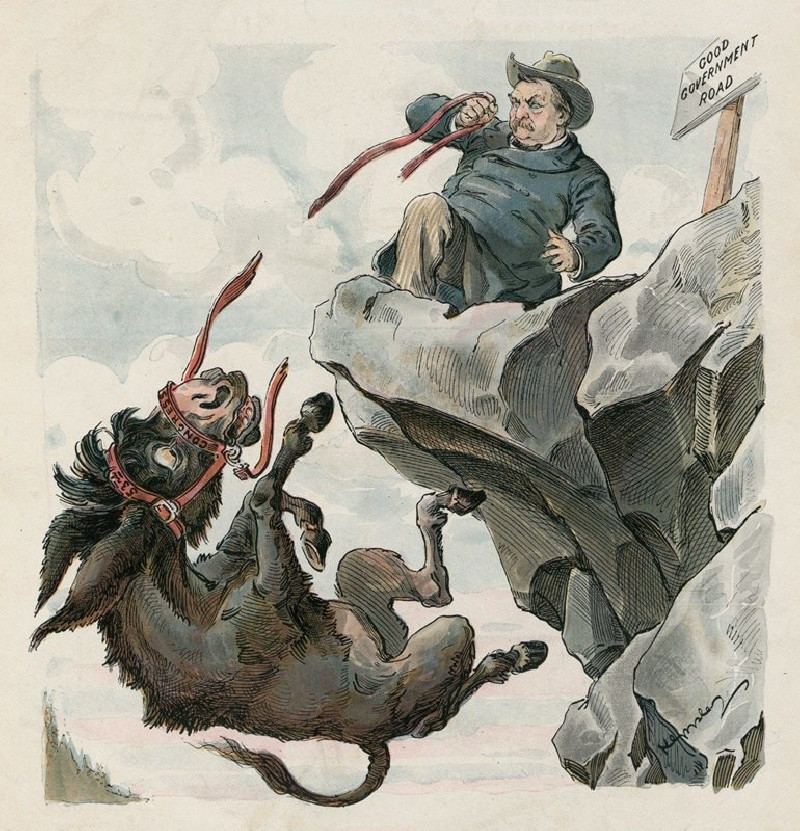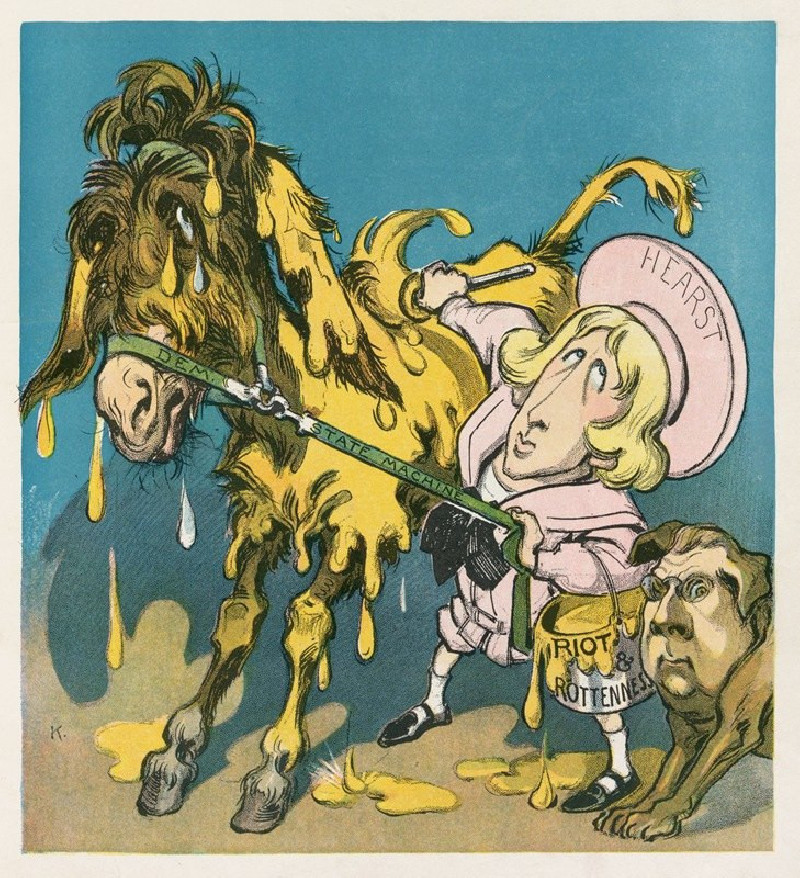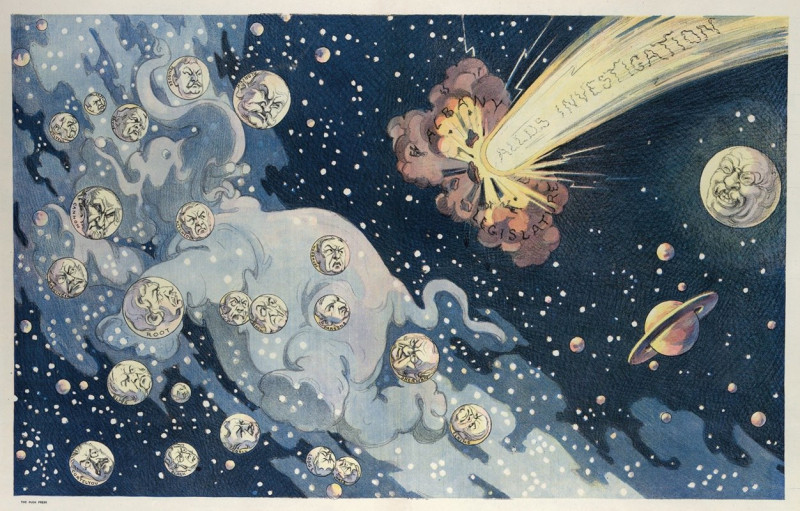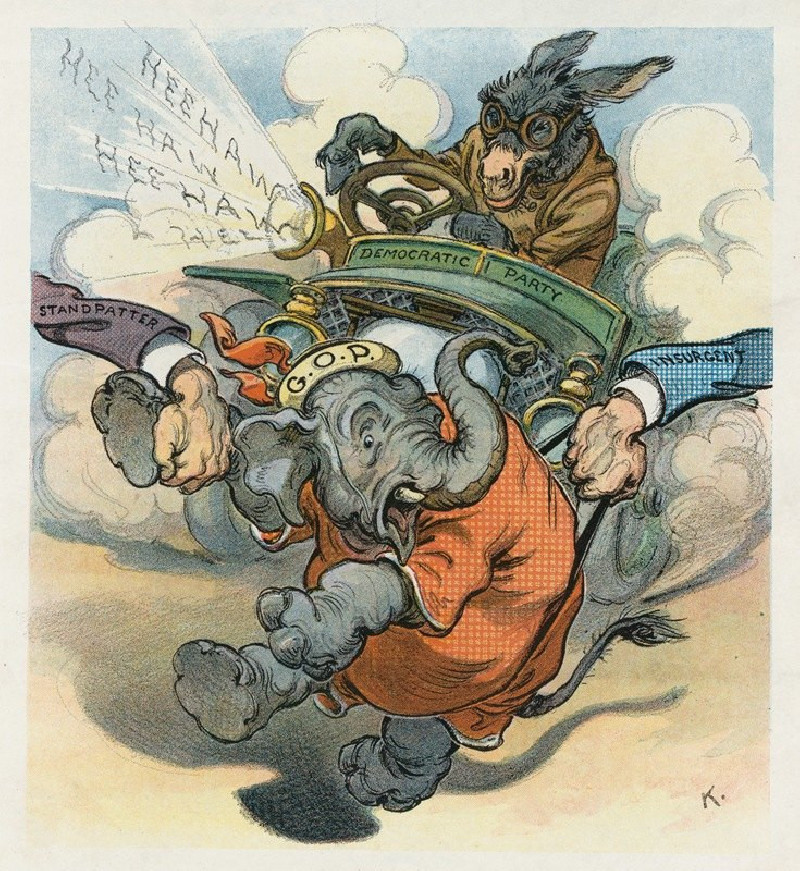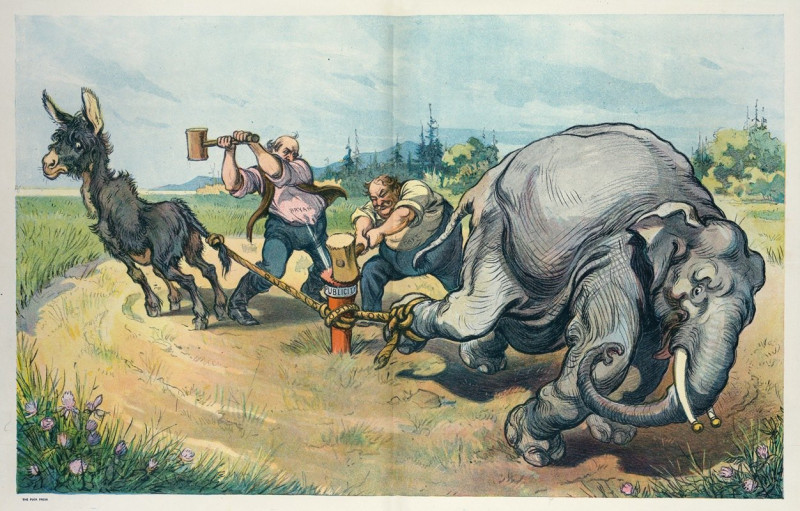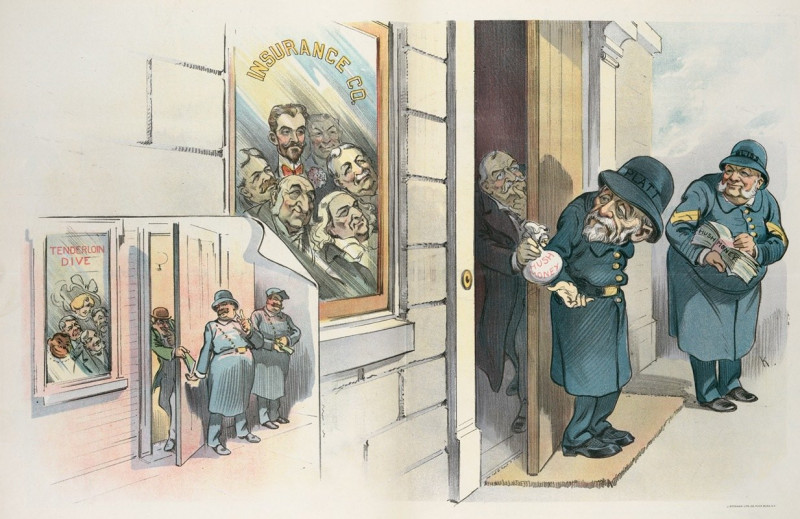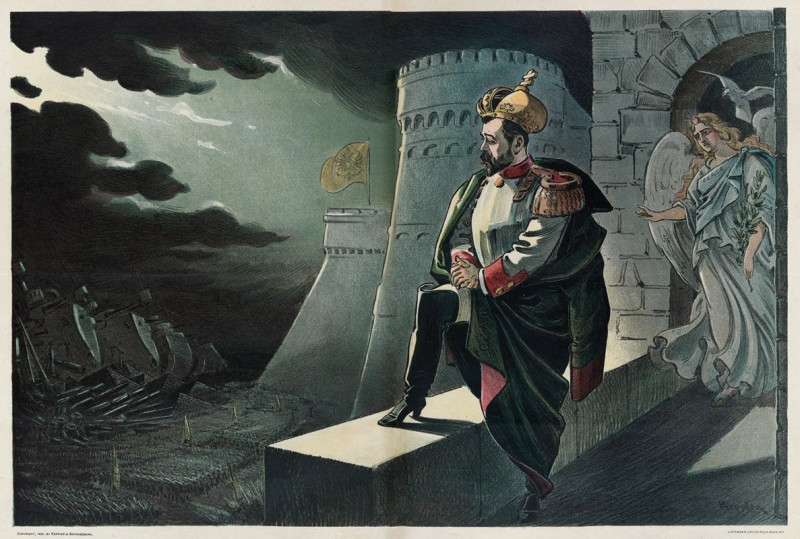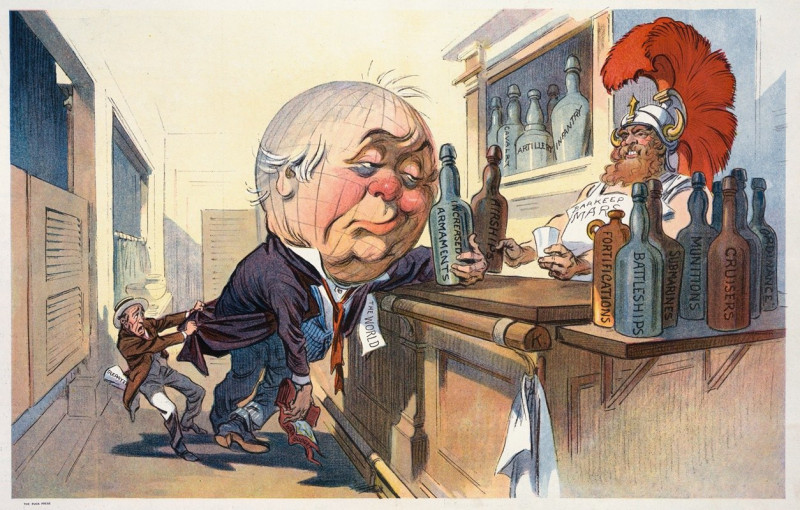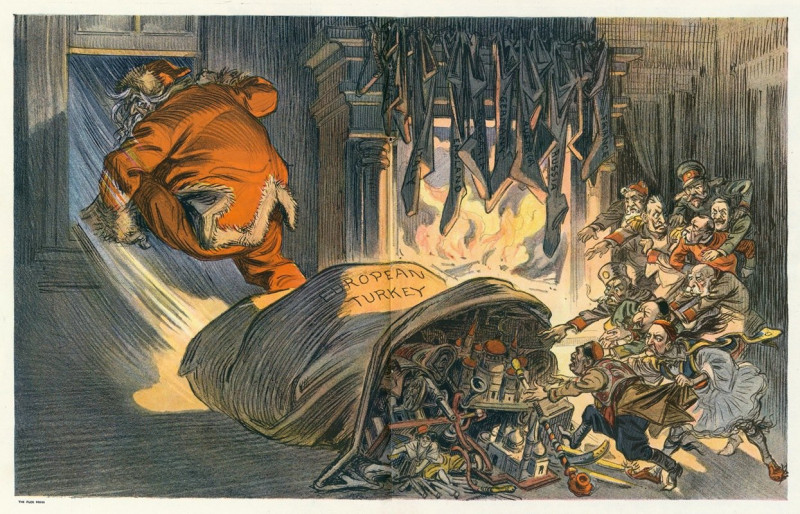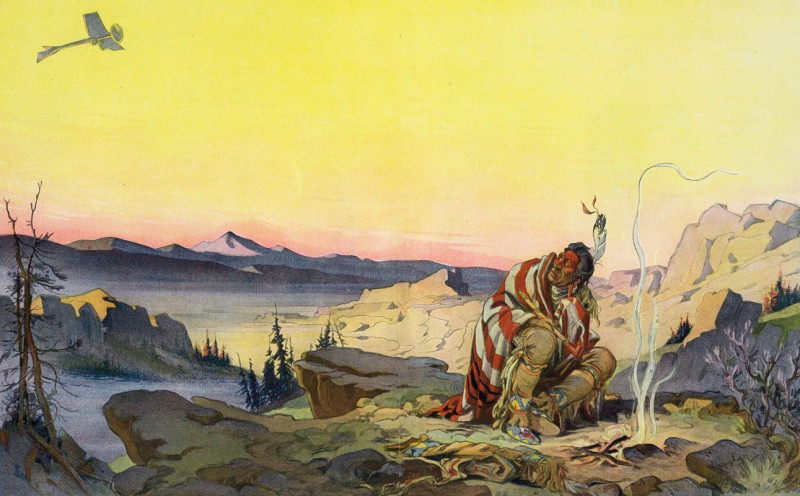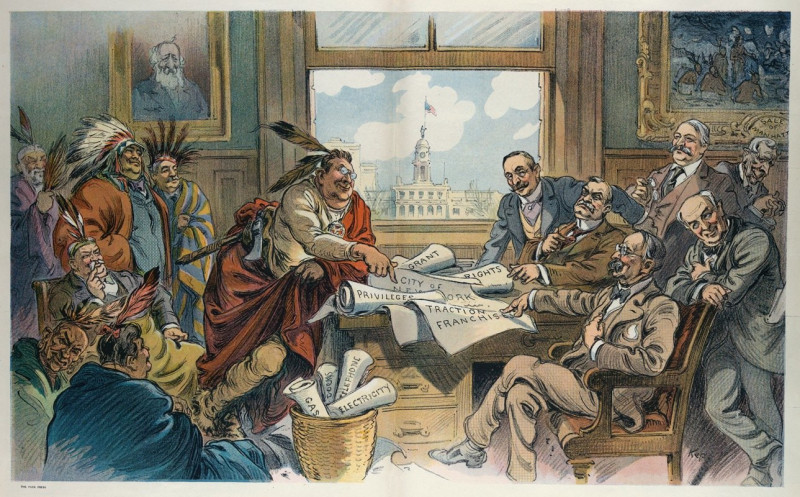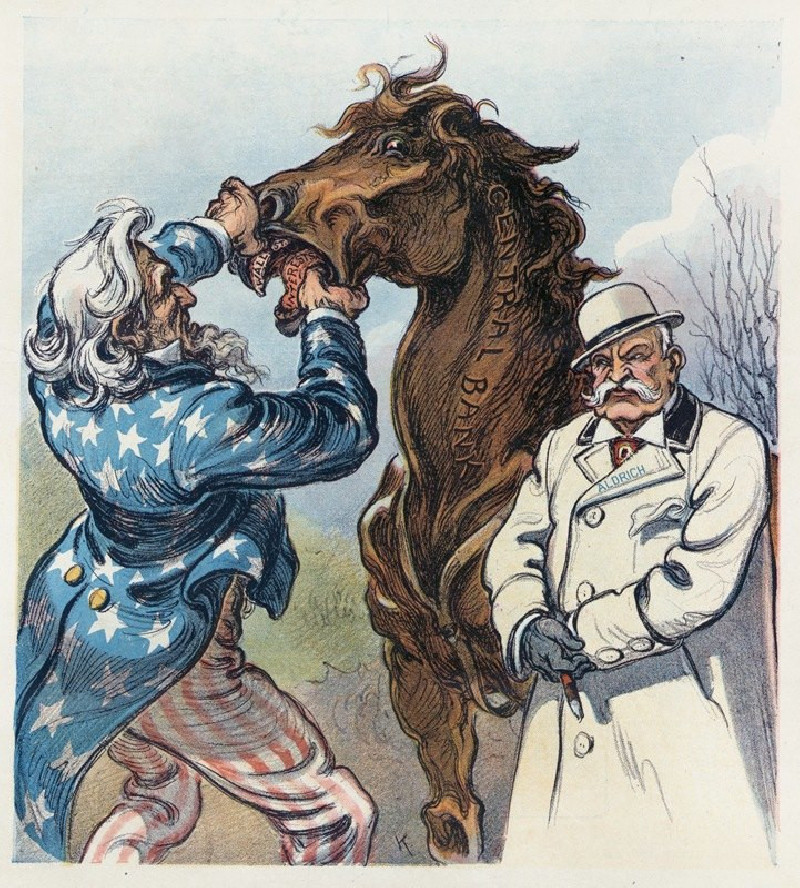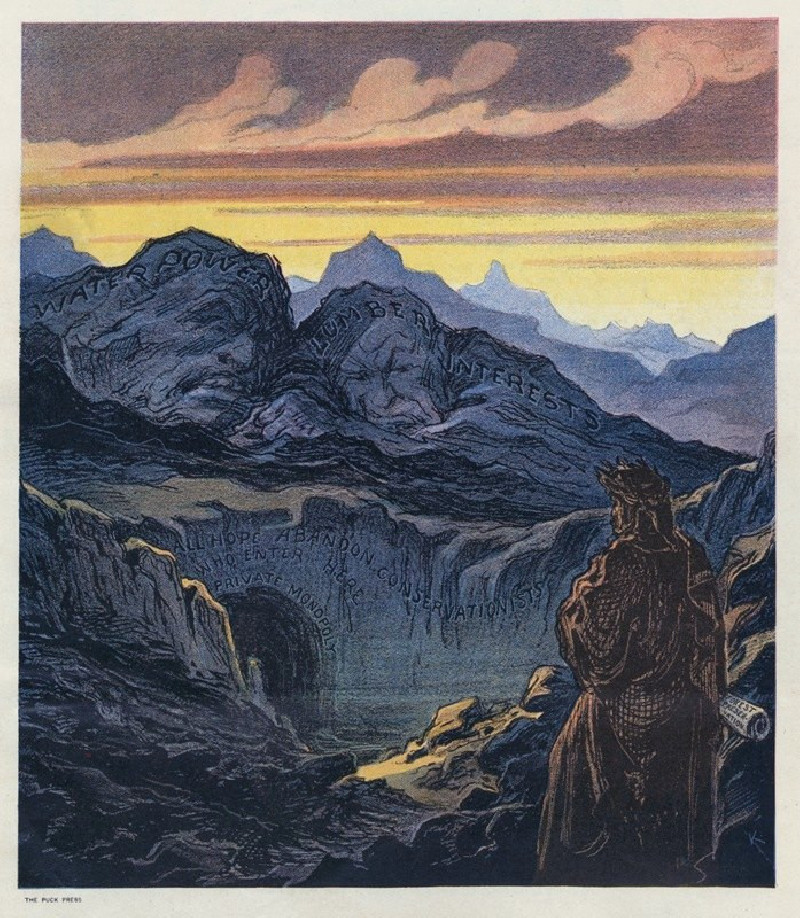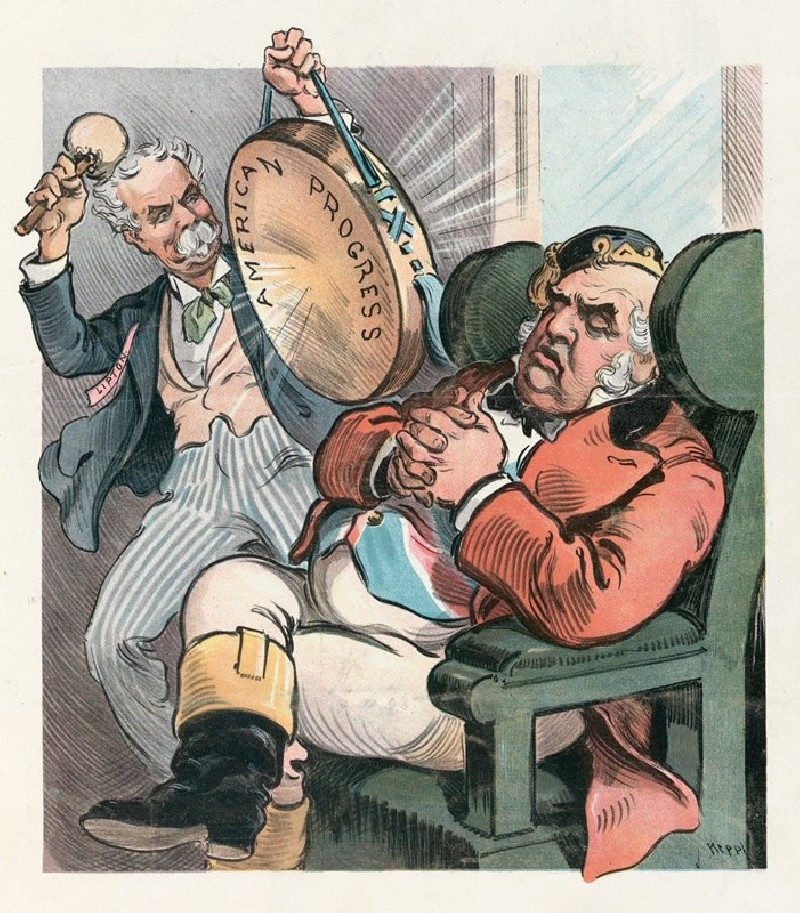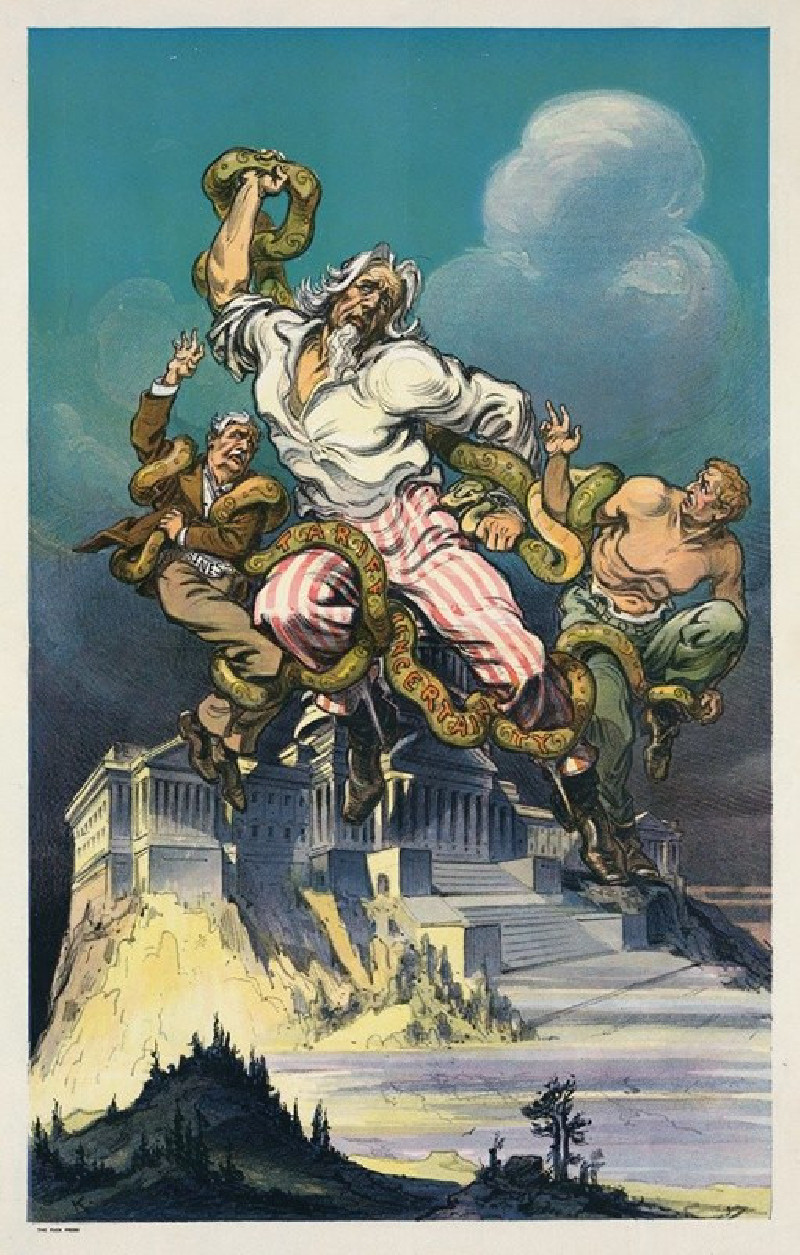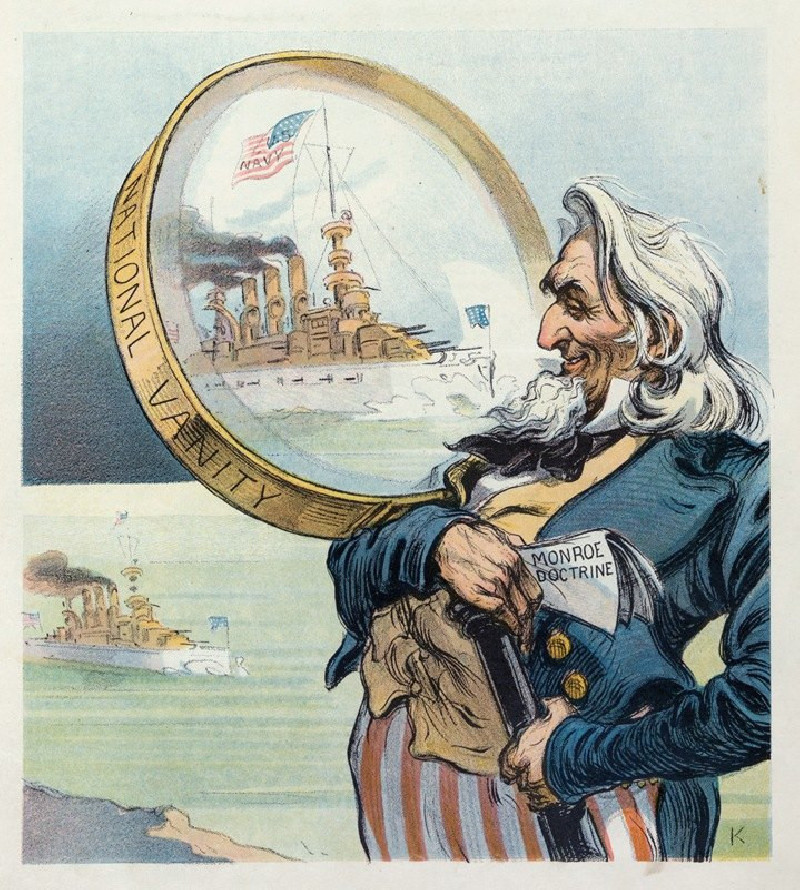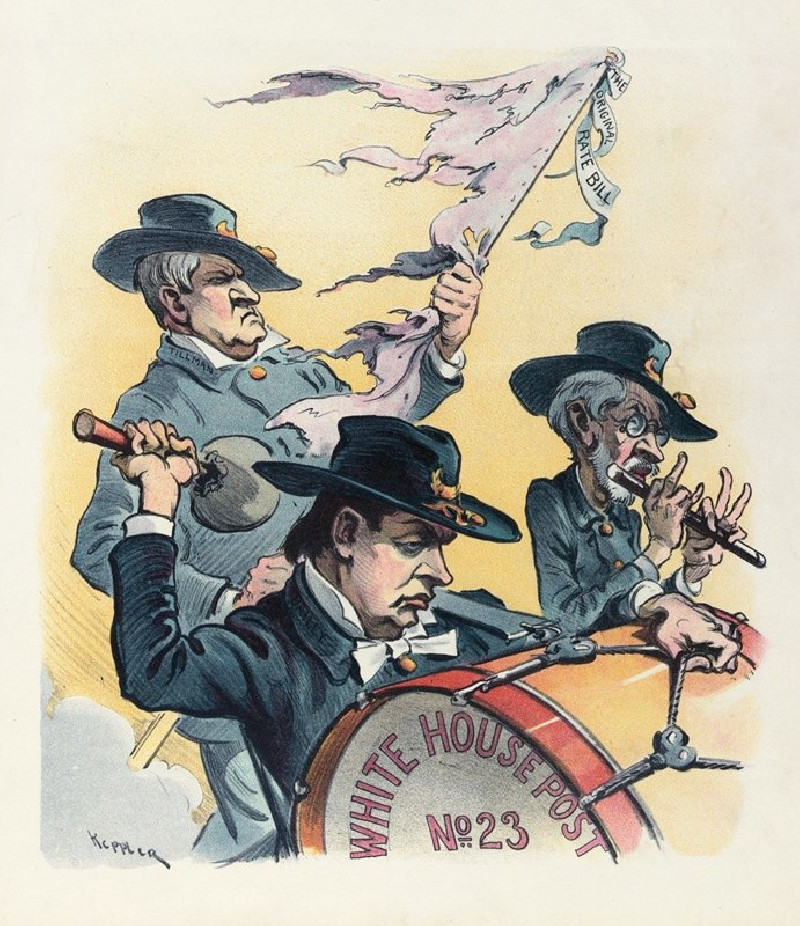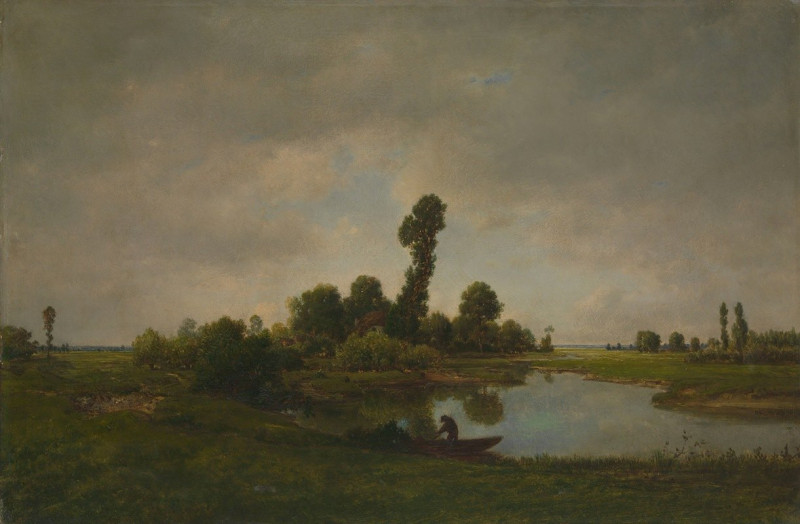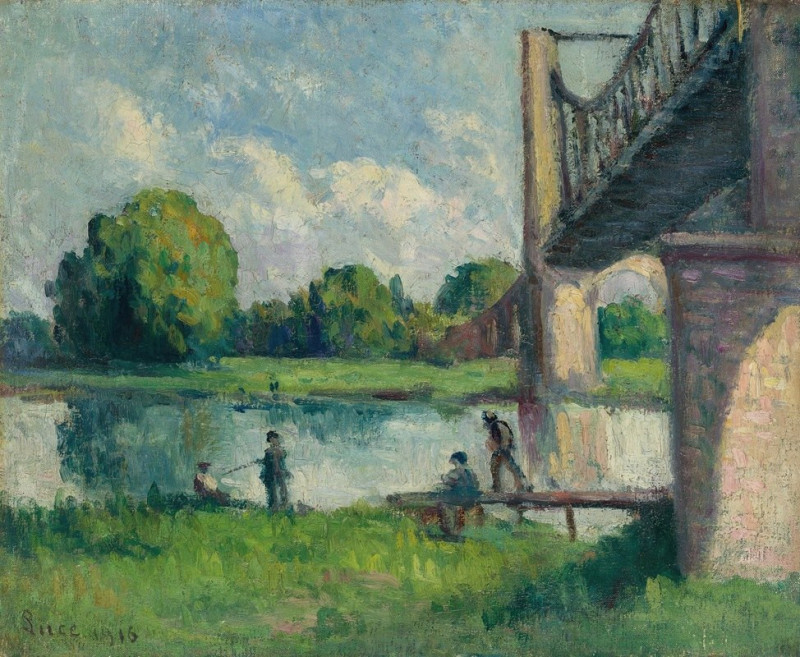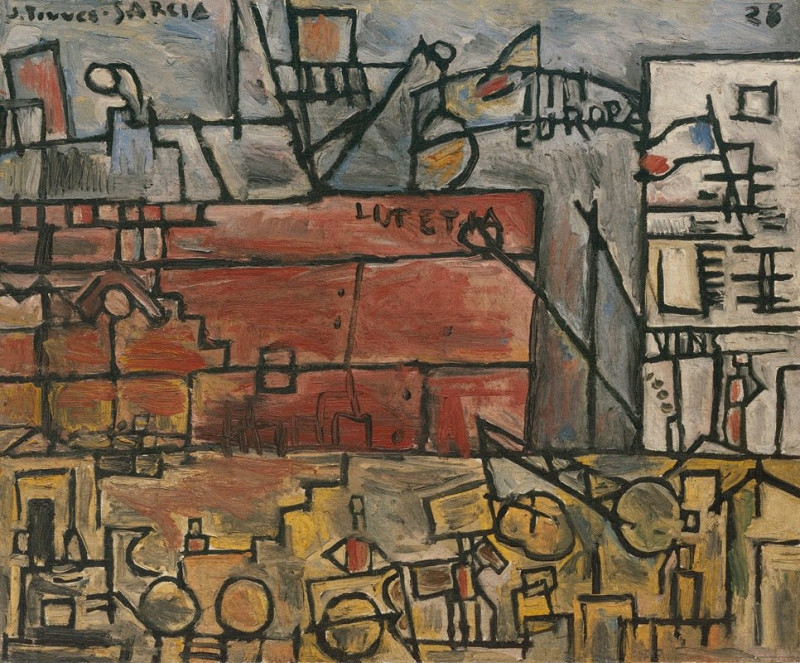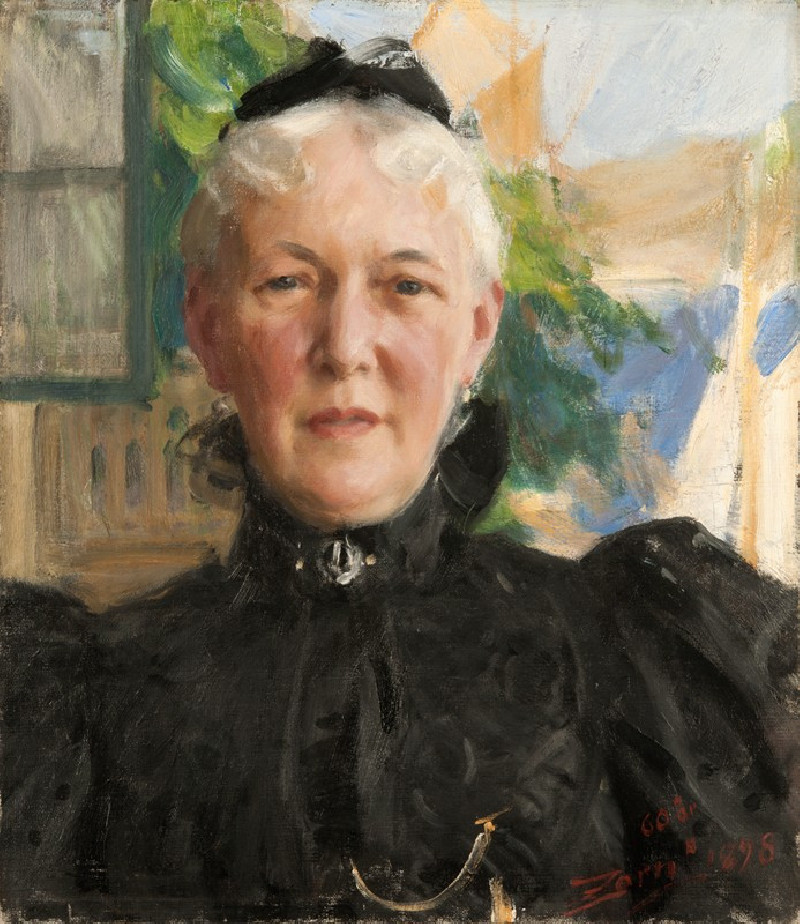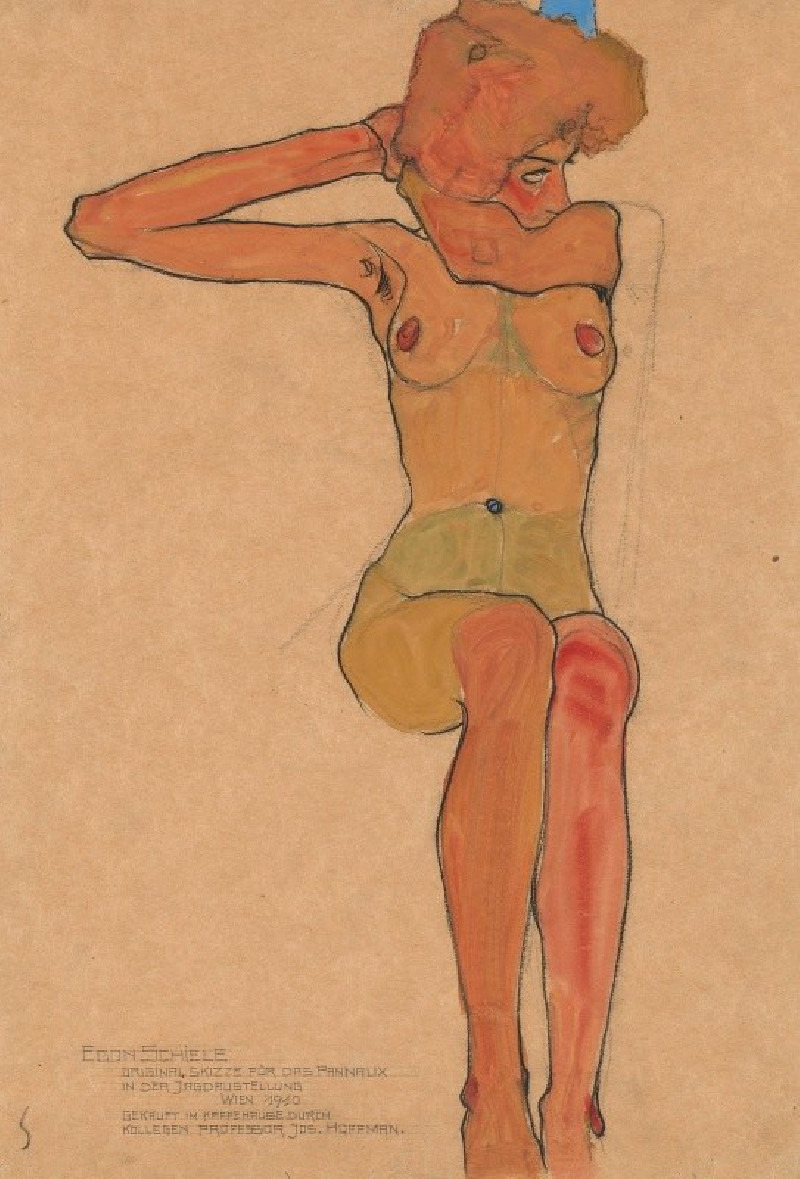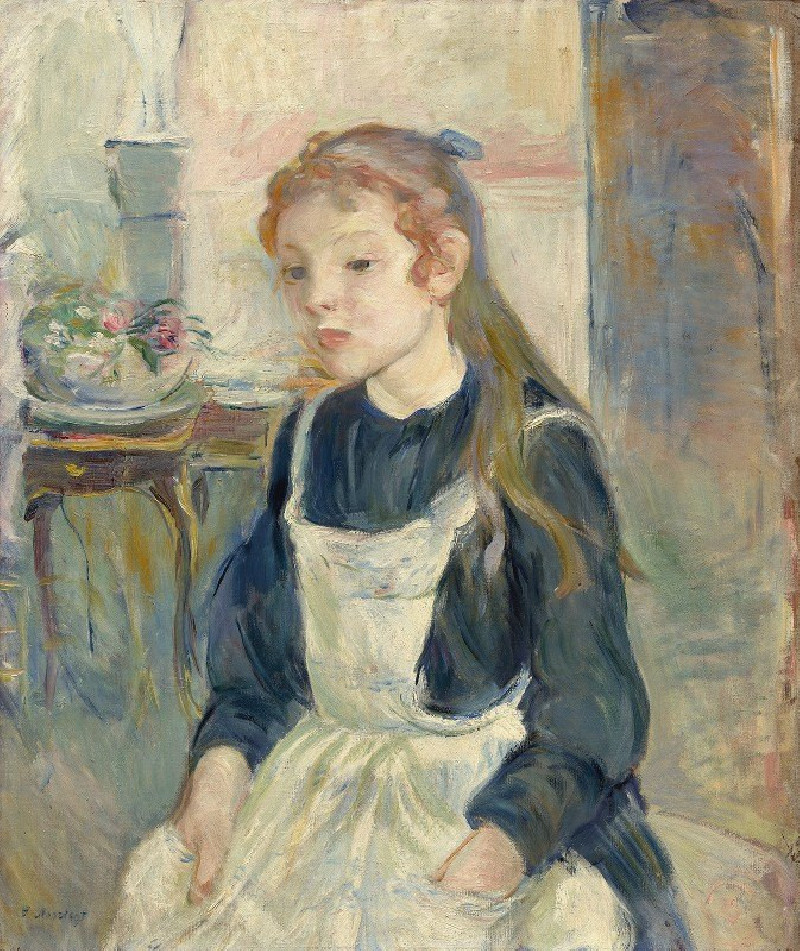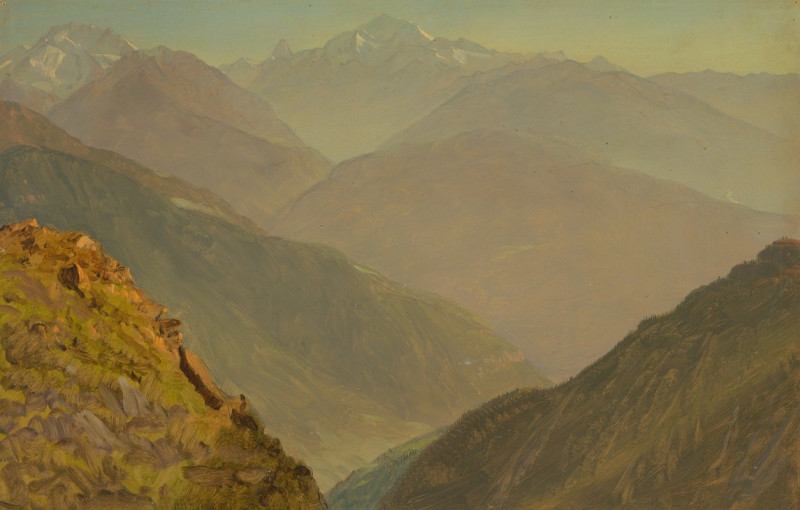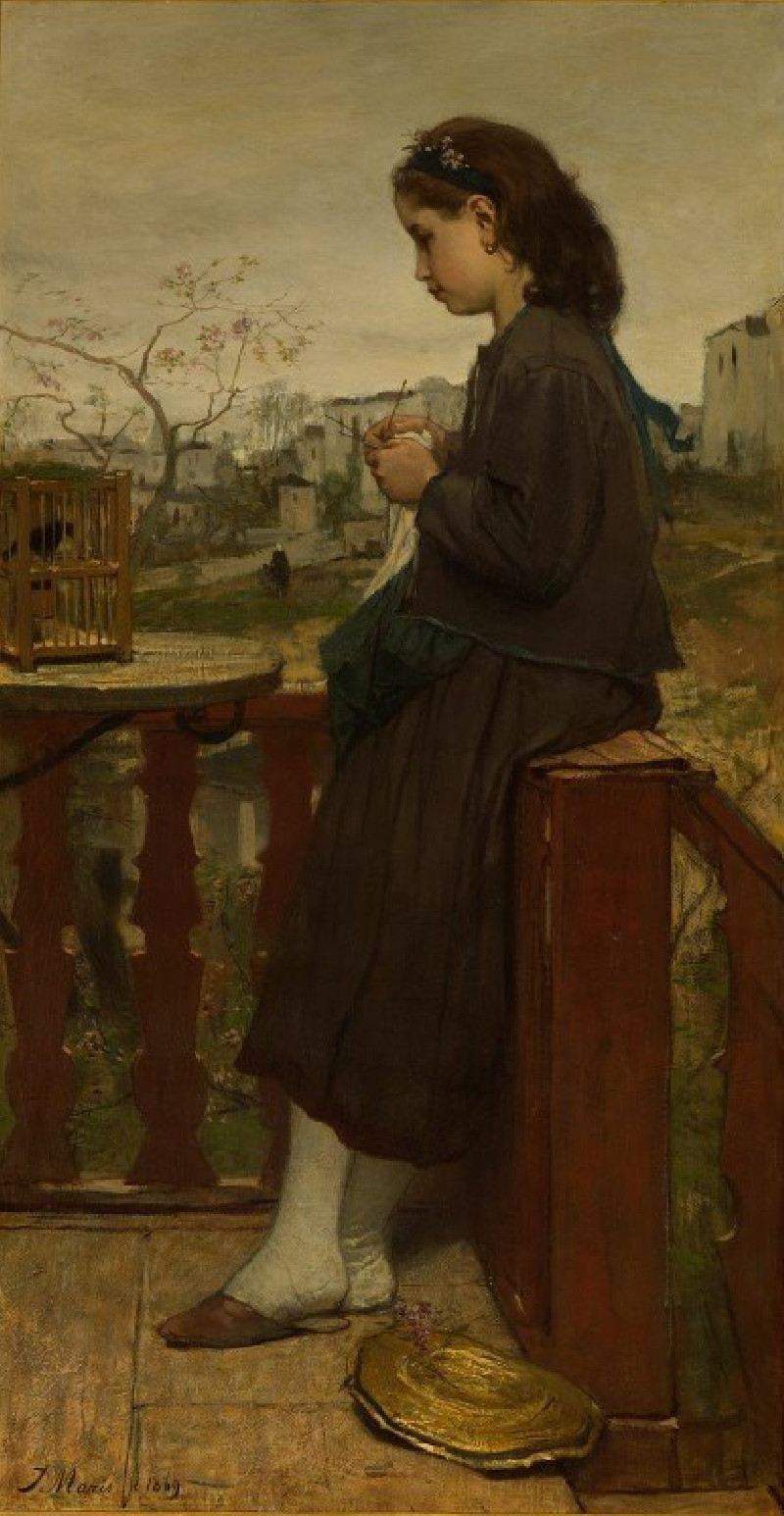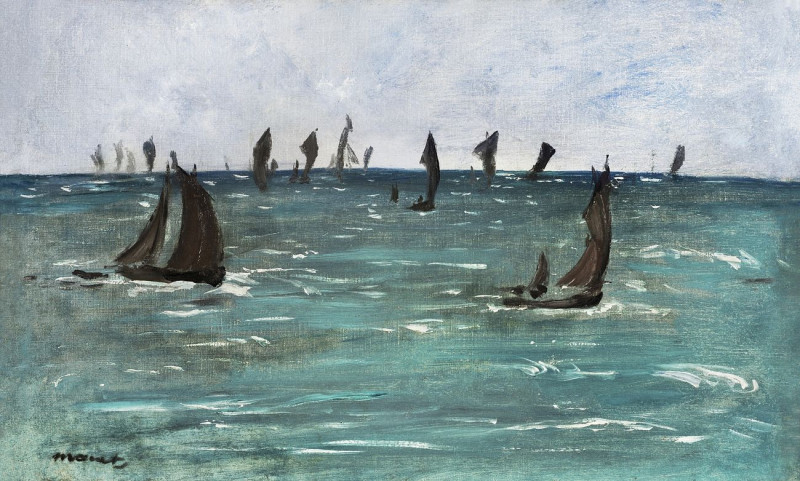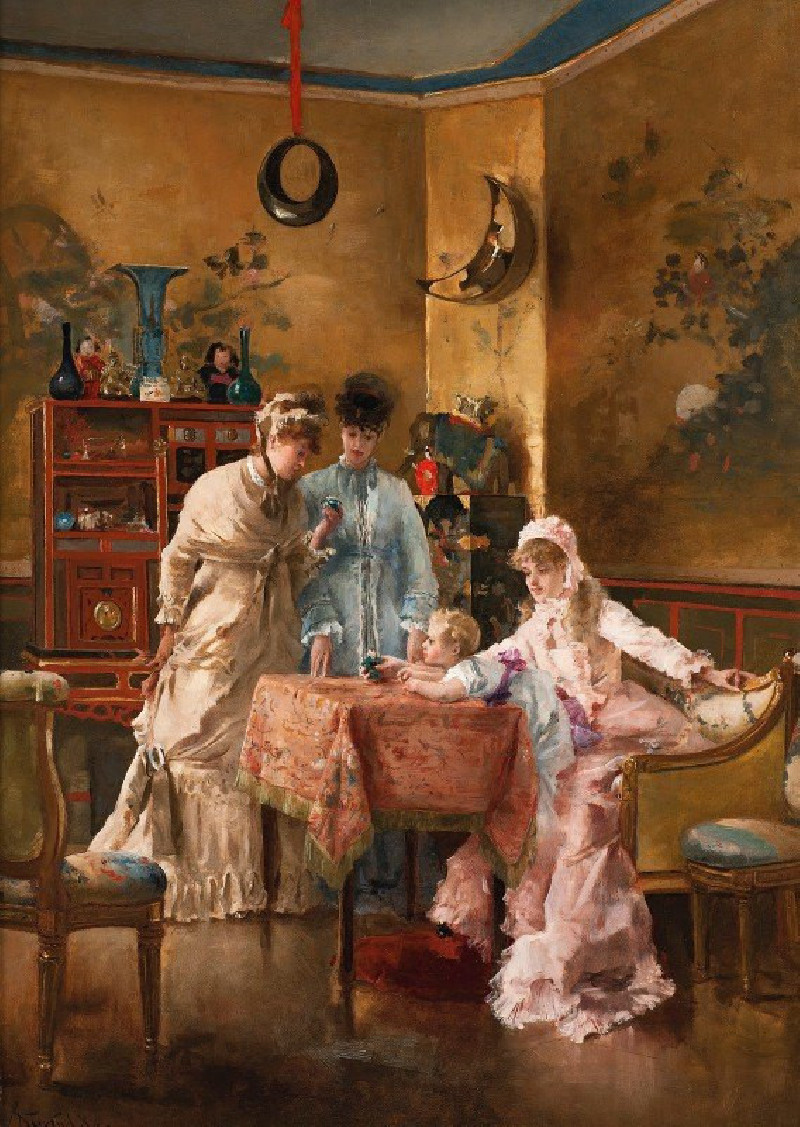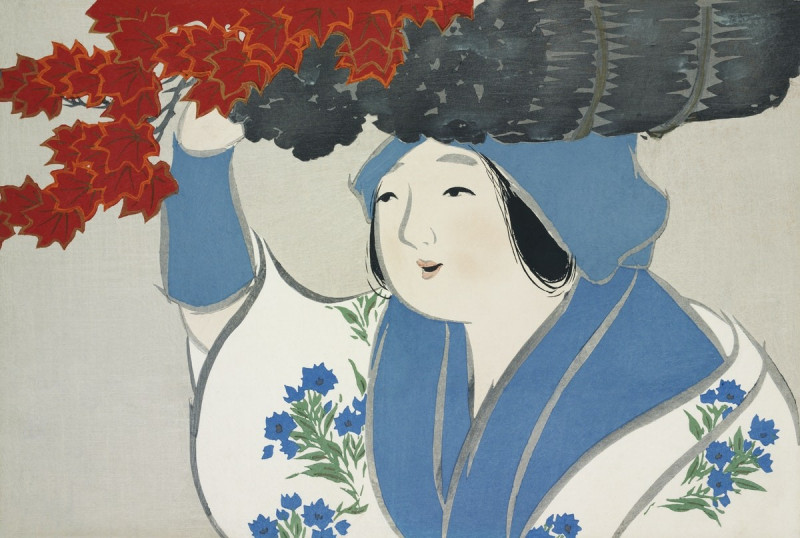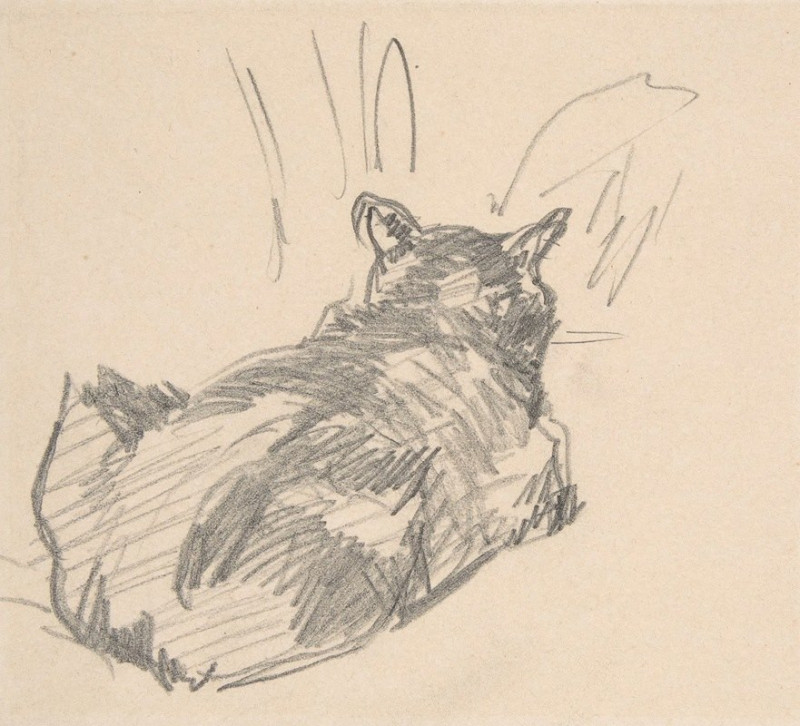O death, where is thy sting (1913)
Technique: Giclée quality print
Recommended by our customers
More about this artwork
"O death, where is thy sting" by Udo Keppler captivates with its strikingly vivid portrayal and engaging narrative. The painting presents a visually dramatic scene where the personification of Death—a skeletal figure draped in a flowing, red cloak—is dramatically thrown off balance. Death appears to be recoiling from the powerful force of a modern, steel-constructed train, adorned with the word "STEEL," which symbolizes industrial progress. The train barrels forward, steaming against the backdrop of a bright, cloudy sky, symbolizing advancement and the relentless passage of time.The juxtaposition of a traditional symbol of mortality with the unstoppable momentum of technological innovation delivers a potent comment on human progress. This artwork invites viewers to ponder the transformative impact of industrialization on humanity's age-old contemplations about mortality and the natural order. Through Keppler's compelling artistry, the painting radiates both energy and inevitability, prompting us to consider whether modernity's triumphs might mitigate or even overcome the eternal certainty of death.
Delivery
Returns
Udo J. Keppler, since 1894. known as Joseph Keppler, Jr., was an American political cartoonist, publisher, and Native American advocate. The son of cartoonist Joseph Keppler (1838–1894), who founded Puck magazine, the younger Keppler also contributed to cartoons, and after his father's death became co-owner of the magazine under the name Joseph Keppler. He was also a collector of Native American artifacts.

